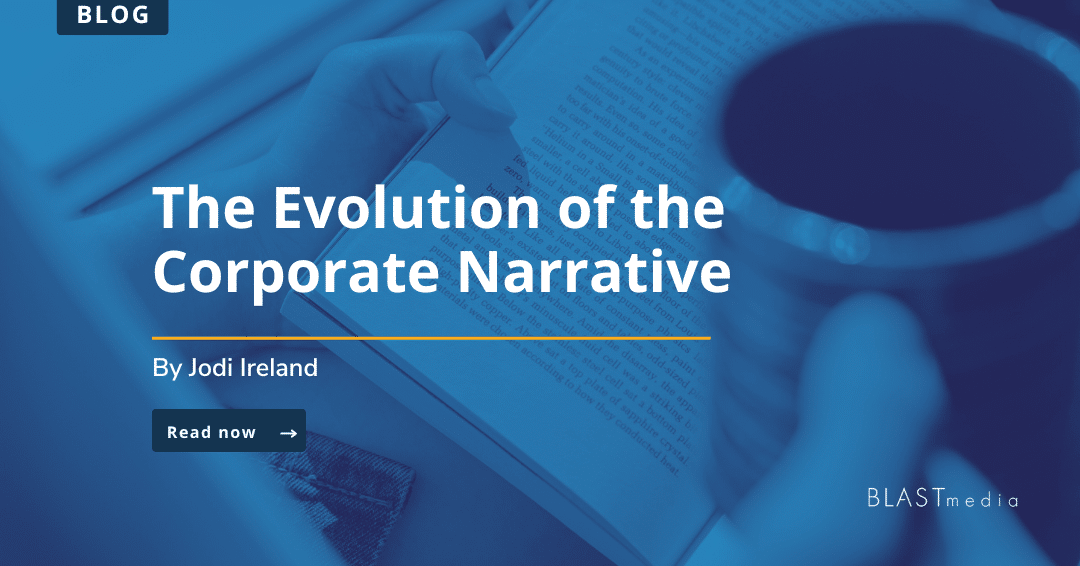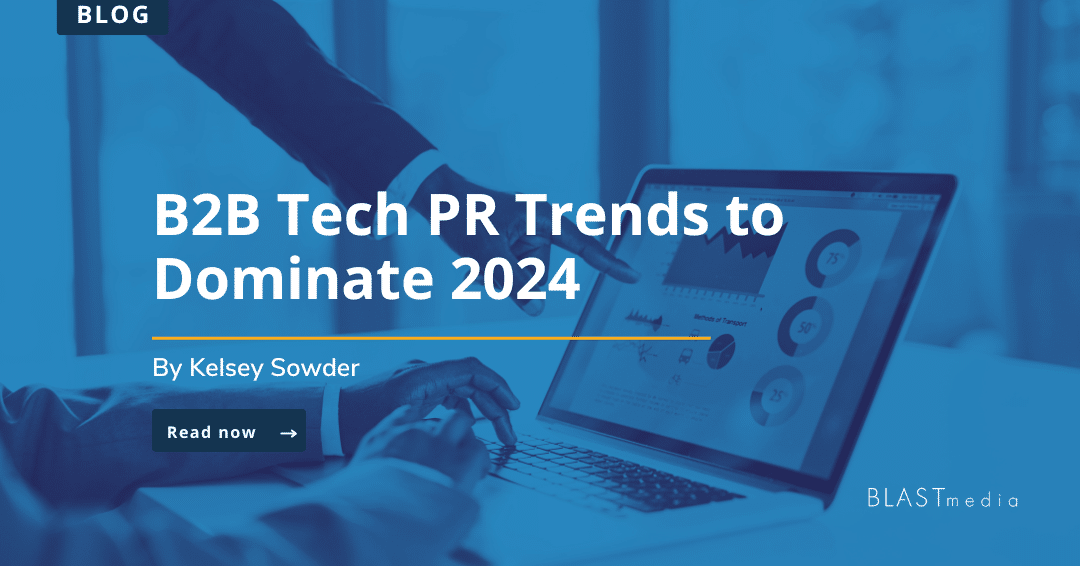Being part of building SaaS brands is our full-time gig, so we want to spotlight our partners in crime: SaaS marketers. Our B2B SaaS PR efforts often fall under marketing’s purview, so knowing what makes marketers tick is crucial to our team’s ability to make the biggest impact possible for our clients.
The first Q&A in our series on SaaS marketing strategy comes from a friend of the agency and VP of marketing at Sigstr, Justin Keller. Justin has experience with early-stage startups and established mid-cap companies, using a bold, data-driven approach to marketing leadership. In his role as marketing lead for Sigstr, he is responsible for pipeline generation with an intense focus on building an award-winning account-based marketing (ABM) program, developing co-marketing and strategic integrations, overseeing event strategy and brand initiatives.
Let’s get into it.
KIM: Explain Sigstr in a few sentences.
JUSTIN: Sigstr turns your employee’s emails into a targeted ad channel by including a display ad that intelligently updates based on the recipient to deliver the most relevant content to them. We also map the universe of relationships your company has to provide buyer intent data and account-based insights.
KIM: How does Sigstr currently market itself?
JUSTIN: We’re a high-growth, venture-backed startup, so everything we do is with the goal of hitting aggressive revenue growth targets as efficiently as possible. Because we’re something of a novel concept (targeted ads in every day one-to-one emails) we invest a lot in building our brand category awareness.
Since investing in brand can be tough to measure, we balance out our brand-related activities with a sophisticated account-based marketing program and digital demand generation strategy. For us, everything comes back to generating positive ROI across all of our programs, because they’re ultimately all interlinked.
KIM: How does marketing a SaaS company change from $1M ARR to $10M ARR?
JUSTIN: I think this depends on how aggressively a company wants to grow, but generally, I would say the biggest change is risk tolerance. A $1m business is going to be much more cautious with where they’re investing and will assiduously measure performance to understand if that’s the kind of investment they need to make again. “Test and invest” is the mantra in the early days because the channels and messages that perform will be different for every company.
As a company’s marketing team and budget begin to grow, so will the number of programs running simultaneously, meaning measurement becomes more and more blurry. When you start to hear the words “attribution” more and more around the office, you know your marketing program has turned a corner because you’re generating demand, but it becomes more and more difficult to pinpoint what drove that demand. But if it’s working, the budget will grow and your tolerance for risk will increase.
When you start to invest in things like “brand dominance” and “category leadership”, your tolerance for risk will be at its highest (assuming you’re in an established category). For example– having a bigger tradeshow booth make your ability to drive positive ROI on that event much more difficult, but the side benefit is that you look like you’re a leader. Investing in intangibles like that is a luxury that companies at a lower revenue rate can’t afford.
KIM: How is your success measured as a SaaS marketer?
JUSTIN: Sigstr’s marketing team is measured 100 percent on pipeline generation. For early, growing companies, I can’t stress the importance of marketing being closely tied to revenue. If a marketer is measured on generating leads, they’ll generate leads with less concern about their quality, which may fracture their relationship with Sales. If a marketer is measured on generating “qualified” leads, you’ll start to see a better top-of-funnel performance, but not necessarily tying revenue generating activities back to marketing programs. If a marketer is measured on pipeline and revenue, then the entire customer journey, brand experience, and bottom line growth all become critical.
KIM: How does PR fit into the SaaS marketing mix?
JUSTIN: Creating buzz and awareness isn’t always easy for young brands– PR is that extension of your team that can help you shortcut your way there. A good PR team can get you inserted in the market’s conversation and build your credibility, whether it’s through features in publications, securing speaking spots at events, or getting your company nominated for awards. Really good PR teams are going to have a great ear to the ground for you as well, helping you monitor trends and competitors to help you inform your messaging and GTM strategies.
KIM: What ways do you utilize PR to support sales or other marketing initiatives?
JUSTIN: Third party information is so important in building credibility. Being able to say, “don’t take our word for it, here’s what journalist/analyst/influencer says,” is important to develop trust with your audience. You can use that kind of content throughout your website, your sales deck, and even in casual conversation.
For those same reasons, elevating executive visibility is important. Helping get a company’s leaders out there as thought leaders and market makers lends a halo of credibility to the entire company.
Lastly – giving your customers a platform through your PR team is incredibly valuable. They look like rockstars, which will make them stickier customers, and they give the marketplace trustworthy, third party info.
KIM: How do you measure PR’s impact on Sigstr’s success?
JUSTIN: With all the PR firms I’ve worked with over the years, this has always been the most contentious discussion. If you want to evaluate PR’s performance with hard metrics, then things like web traffic, mentions, or performance lift in certain coordinated campaigns are what you should look at. Be cautioned though: PR is a long term strategy and performance ebbs and flows based on your company’s activity, what’s happening in the industry, and your ability to arm your PR team with noteworthy material.
Ultimately, the efforts of PR sum up into brand equity, market perception, and trust — none of which are easy to measure. I would measure PR first and foremost on their level of commitment — if your PR team truly understands your business and its USP, understands the market you’re in and who they can help you influence, then you can look at secondary analytics like traffic as a gauge. PR only works if there’s a true partnership.
KIM: If you could market any other business, what would it be?
JUSTIN: I love B2B software and I love underdogs, so anything that checks those boxes. But if I have to give specific examples:
- Slack – So I could go in and fix their logo. Everything else they do is amazing.
- Cards Against Humanity – This is probably my all-time favorite brand.
- The US Federal Elections Committee – Because I really, really, really, want more people to go vote.
Interested in lending your SaaS marketing perspective? Contact us to learn how to contribute to this series.




